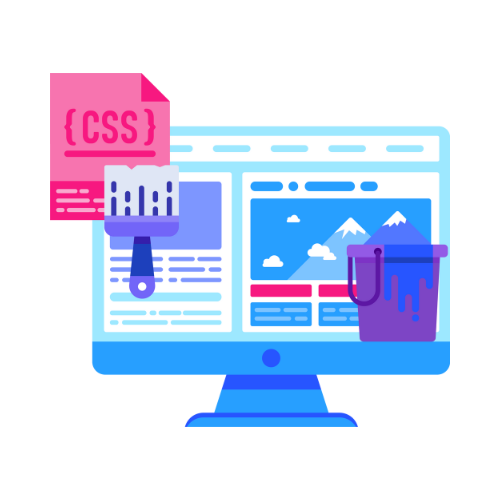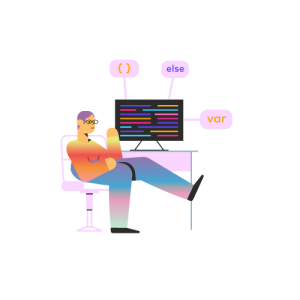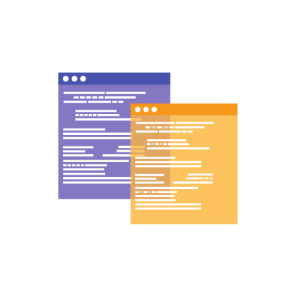In a world that’s rapidly transitioning online, your website isn’t just a digital representation of your business; it’s your first impression, your digital storefront, and your most effective salesperson all rolled into one. When designed correctly, it can magnetize your audience, reflecting your brand ethos while simultaneously streamlining the customer journey. But, where does one start when the landscape seems so vast and intricate?
Whether your goal is to provide information, to showcase your work, or to sell products, a well-crafted, user-friendly website can reflect your brand, attract your target audience, and elevate your online presence. On the flip side, a poorly designed website can deter potential customers and harm your brand image.The key to unlocking this potential lies in understanding user behavior, latest trends, and effective design principles.

The Role of Good Website Design
Good website design goes beyond aesthetics. It is a blend of several key elements including usability, functionality, and adaptability, all of which are guided by a clear understanding of the end-user’s needs and expectations. It’s the subtle art of creating an environment where visitors can find what they need intuitively and easily, enhancing user experience while subtly guiding them to conversion points.
Navigating the E-commerce Landscape
E-commerce platforms represent a unique subset of website design. They aren’t just about informing or entertaining; they’re about converting visitors into customers. For e-commerce, good design is a business imperative, as it directly influences conversion rates and, consequently, your bottom line. E-commerce design should simplify the purchasing process and build trust, creating an easy, enjoyable online shopping experience for the user.
The Core Principles of Effective Website Design
Website design principles are guidelines that help ensure your website is effective, user-friendly,and engaging. They include elements such as:
1. Clarity: The design should be clean and intuitive, helping users to easily navigate your site and find what they’re looking for.
2. Loading Speed: Users expect sites to load quickly. If your site takes too long to load, you could lose visitors.
3. Mobile Responsiveness: With a significant amount of web traffic coming from mobile devices, a responsive design that adapts to different screen sizes is essential.
4. Effective Use of Images and Multimedia: High-quality images and multimedia can help to engage visitors, but they must be used sparingly to avoid slowing your site down.
5. Clear Call to Action (CTA): A good website guides its visitors towards a desired action. Whether that’s making a purchase, filling out a form, or signing up for a newsletter, the CTA should be clear and easy to find.
Building an E-commerce Platform that Converts
When designing an e-commerce platform, the focus should be on creating a smooth and seamless shopping experience. From product discovery to checkout, every stage of the user journey needs to be meticulously planned and executed.
To optimize your website and e-commerce platform, it’s vital to pay attention to Search Engine Optimization (SEO). A website optimized for search engines ensures visibility, inviting more organic traffic and thereby driving growth. Implementing keywords, optimizing site speed, and ensuring mobile-friendliness are just a few of the many SEO tactics that can make your site stand out in the crowded digital space.
Challenges in Website and E-commerce Design
Designing a website or an e-commerce platform can present various challenges. From ensuring compatibility across different devices and browsers to optimizing load times, from integrating the latest SEO strategies to updating content, the tasks are manifold and require continuous effort and expertise.
How Professional Design Can Overcome these Challenges
Professional designers possess the necessary skills and experience to tackle these challenges head-on. They are adept at crafting visually stunning designs that are also functional, user-friendly, and SEO-optimized. Moreover, they understand the importance of aligning the design with your brand identity and business objectives, ensuring your website or e-commerce platform not only looks good but also performs effectively.Remember, your website is often the first point of contact between your brand and potential customers. A professionally designed, functional, and optimized website can make a lasting impression, build trust, and foster customer loyalty.
Frequently Ask Questions
1. What is more important: website design or content?
Both design and content are crucial for a successful website. While an attractive design draws visitors in, quality content keeps them engaged and encourages them to take action. Together, they create a positive user experience and enhance your brand image.
2. How does e-commerce design differ from regular website design?
E-commerce design involves additional considerations like product listings, shopping carts, and secure payment gateways. The design should be intuitive, providing customers with a smooth journey from browsing to checkout.
3. How can I make my website SEO-friendly?
Making your website SEO-friendly involves a range of strategies, including incorporating relevant keywords, optimizing page load times, making your site mobile-friendly, and using meta tags appropriately.
4. How often should I update my website design?
There’s no set rule for this—it depends on your business, industry, and audience. However, it’s important to keep your website fresh and up to date. Regularly reviewing and updating your site, at least once every 2-3 years, can keep it relevant and competitive.
5. What is responsive website design?
Responsive design ensures that your website looks and functions well on various devices, from desktops to mobile phones. With the growing use of mobile devices to access the internet, a responsive design is vital for a positive user experience.




Recent Comments